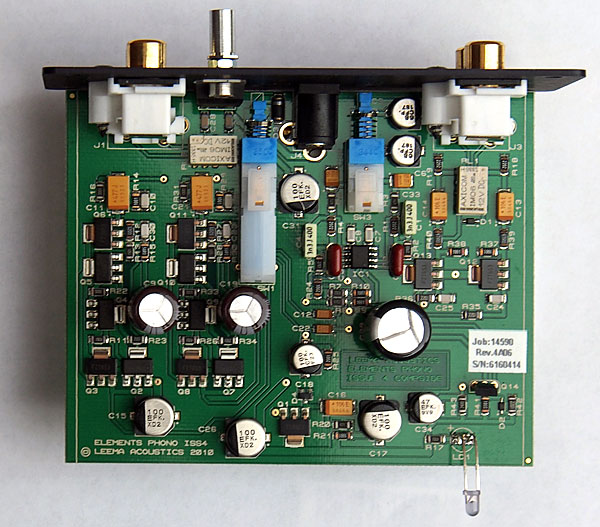| Columns Retired Columns & Blogs |
Mr. Dudley, I get your point about the relativity involved in the price of goods. One thing to remember, however, is that in the 1970's ' there were no monthly expenses on cable/internet, cell phones, streaming services, and numerous other expenses with associated with the "good life." I'm 42, make a six figure income, and I have a mortgage and a young family. No way on God's Green Earth am I spending $749 on a phone preamp. I just bought an $800 integrated and I thought that was plenty.






































